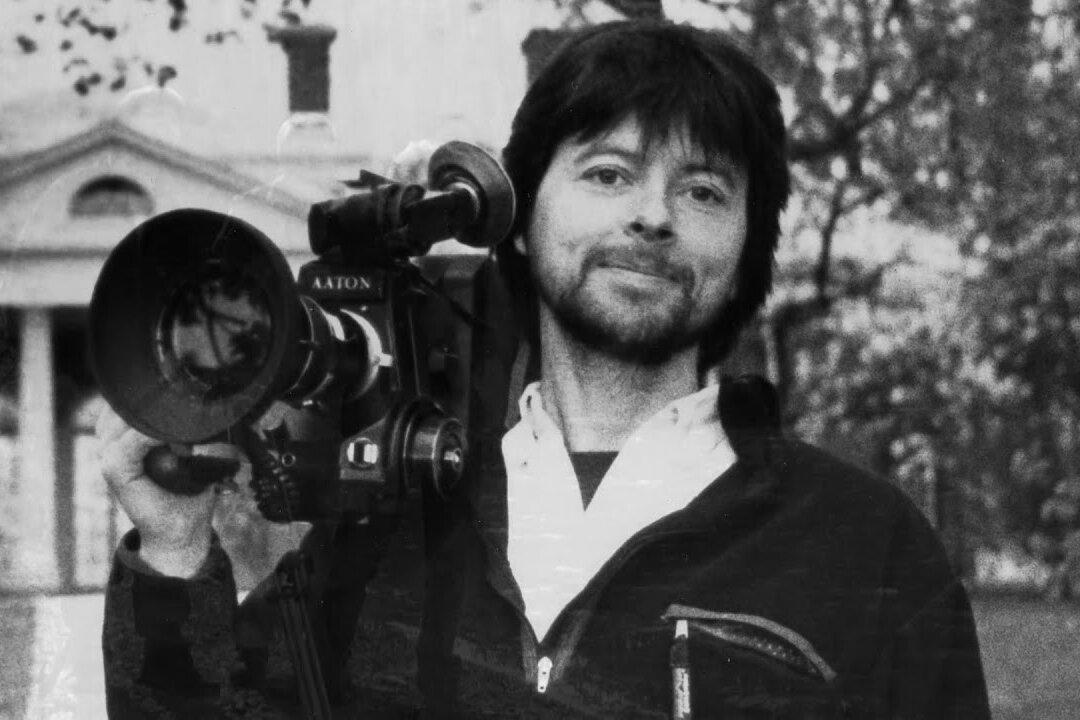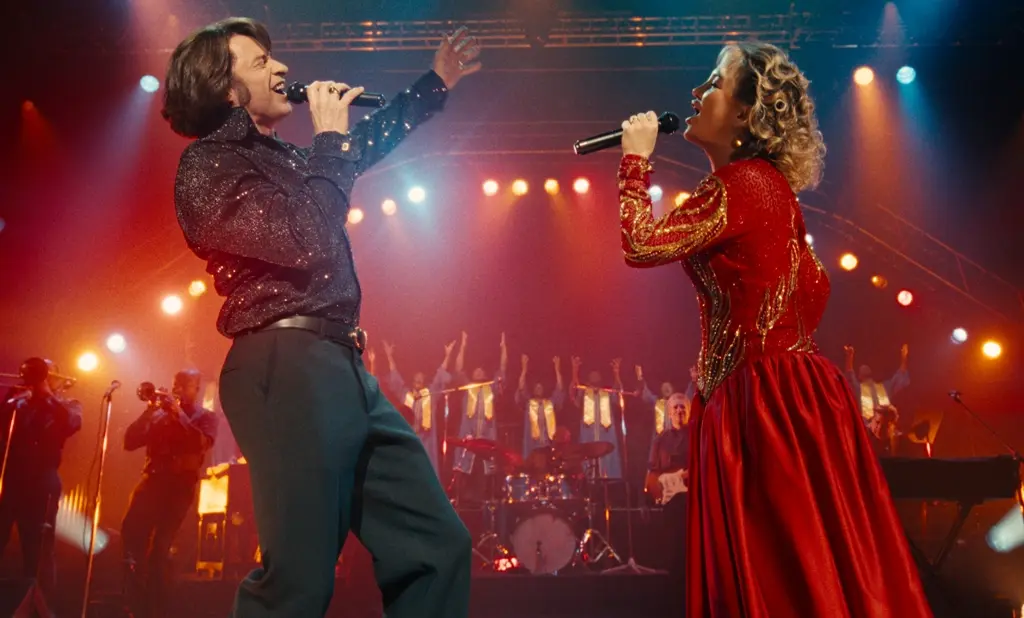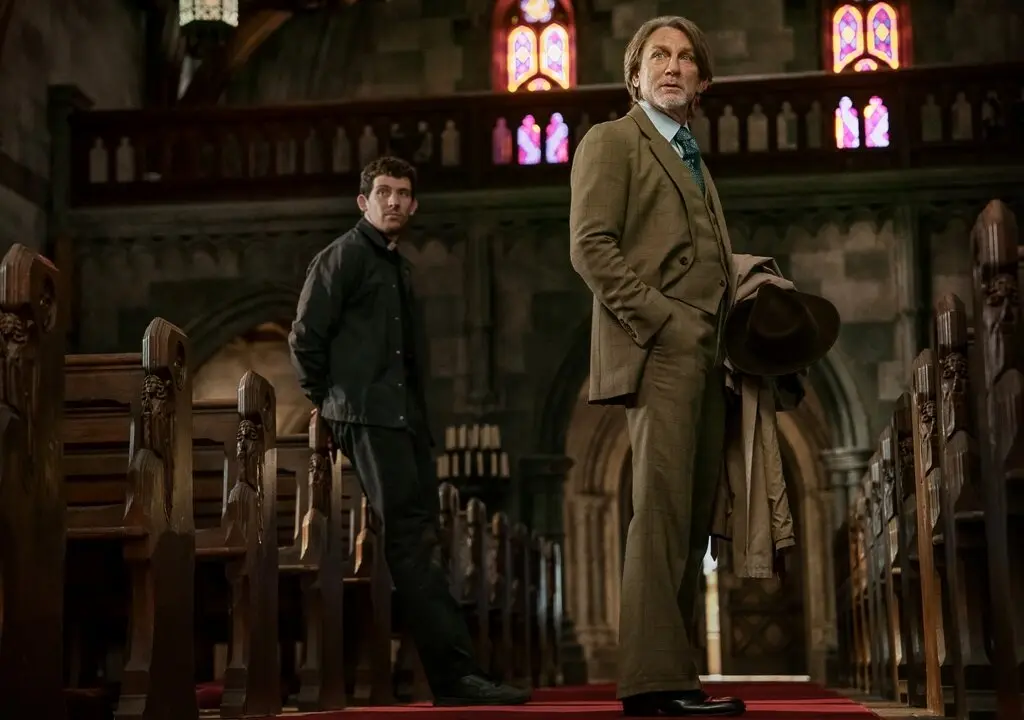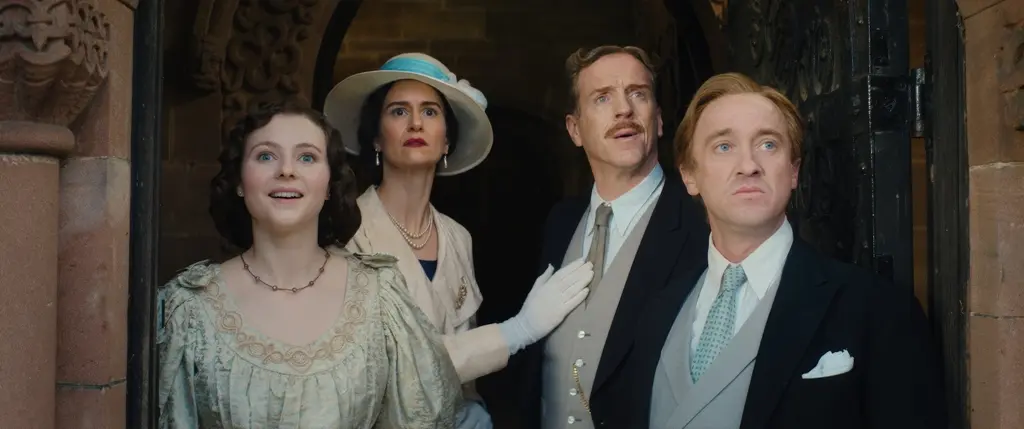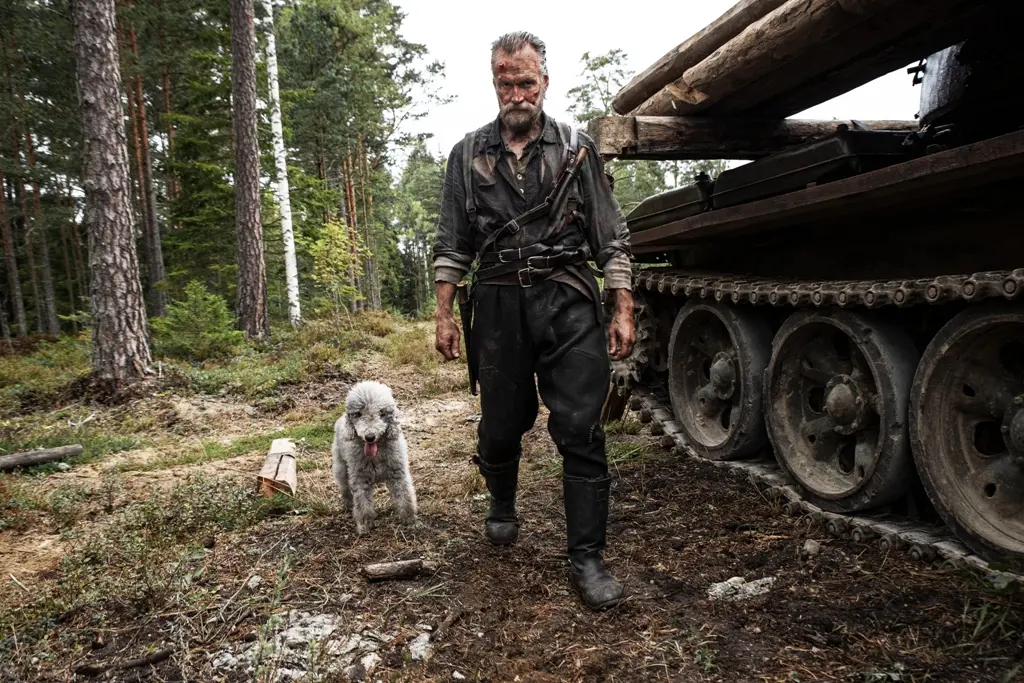TV-14 | 9 episodes | Documentary, War, History | 1990
First airing on five consecutive nights from Sept. 23 to Sept. 27 in 1990, the nine-part, nearly 690-minute documentary series “The Civil War” remains the most watched program in the history of PBS, drawing nearly 40 million viewers in its initial broadcast.

